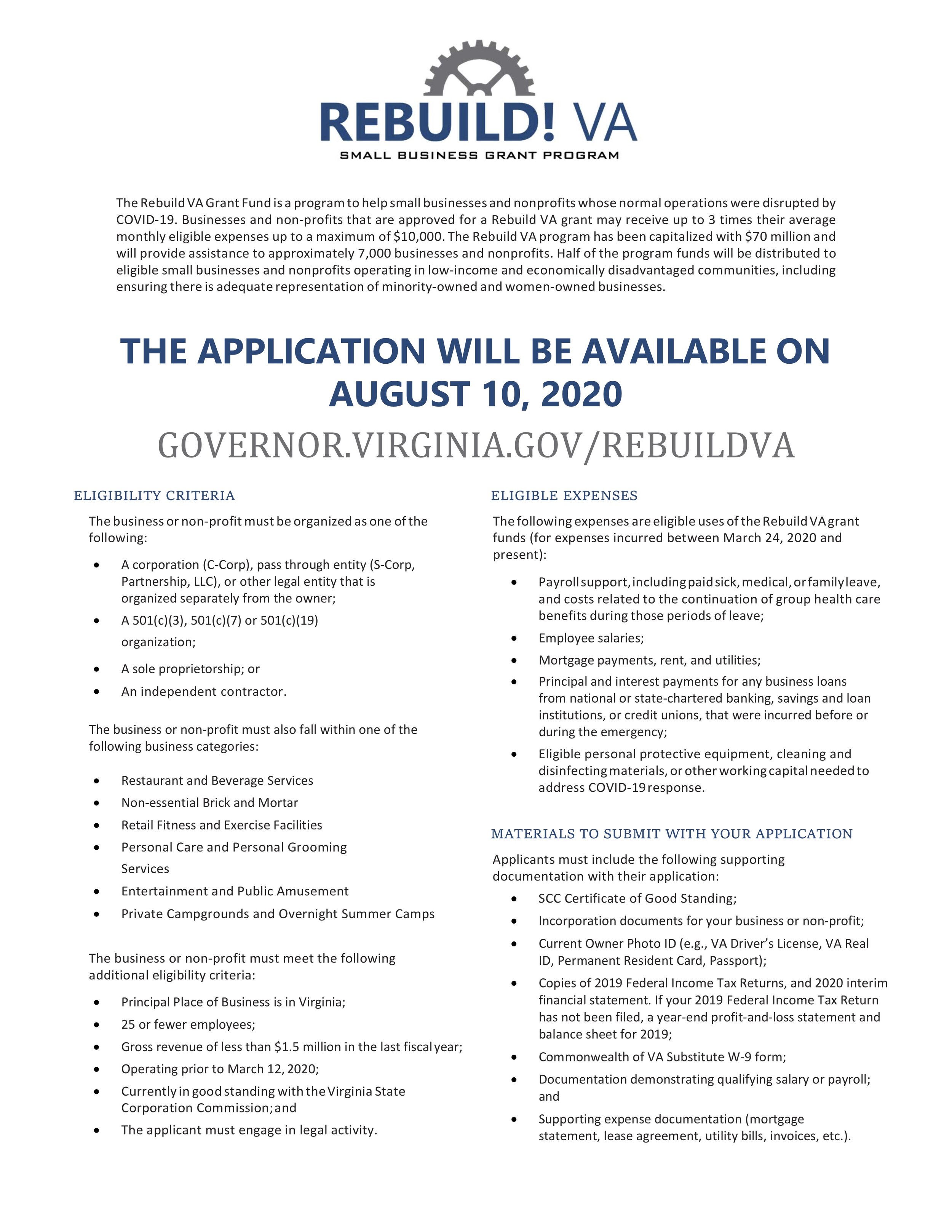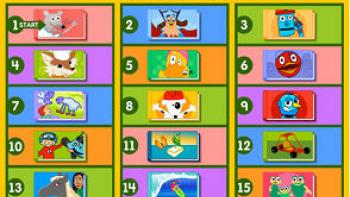
Geometric shape games are an excellent way to help kids visualize the world around them on a different axis. These games can improve children's visual abilities as well as their literacy and pre-math skills. These games also allow children to practice naming shapes in different sizes.
Geometric shape games allow students to see the world from a different angle.
Geometric shape games can be a fun and engaging way for students to understand the properties of geometric forms. They allow students the opportunity to use concrete objects and to manipulate them to present their ideas. Students can also practice their math skills with these games by using measuring tools. These games can be used in a variety of ways, including digital and anchor charts.
Two players each rotate a wheel. Then each player must identify the shape associated to a specific attribute. An arrow could point to a trapezoid, for example. The player must correctly match the shape with the attribute. The game helps students connect properties with shapes and encourages healthy competition among students.

They can help children improve their logic skills
Children can have fun with shapes and learn logical thinking by playing games. Children as young as five years old can enjoy putting shapes into holes. However, older children may have to sort objects according to their shape or row. Children can also learn to identify common characteristics and work with numbers series.
You can help your child develop visual discrimination by using shapes in games. This skill helps children recognize patterns in images and help them identify objects. It is easier for children to identify objects if they can place them at the child's eye level. These games will also help children improve their vocabulary and logical thinking. They can then use this knowledge to help them with more difficult tasks in the future.
They assist them in developing pre-math
Pre-mathematical skills are developed by games that use shapes. These include basic shapes recognition and the assignment shapes to global objects. They are great for cognitive development. They aid children in understanding objects, space, routes and can even identify print and braille. It is possible for children to play games that help with pre-math skills. They can also learn how shapes, colors and numbers relate.
Shapes are useful for teaching children simple math concepts, including counting, measuring, and comparing objects. Children can also practice naming objects and matching them. These games are great for preschoolers and toddlers.

They help them develop literacy
Fun games with shapes allow parents to help young children improve their literacy skills. These games can be used to teach children the basic shapes of triangles, circles, rectangles and other common shapes. These games are great for teaching children the alphabet letters like A, B C, C and D.
It is important to start learning literacy skills early. Before they can begin to write letters, children start learning about shapes. This helps children learn literacy skills, which will help them create words.
FAQ
What are the factors to consider when choosing a major
First decide whether you'd rather be a professional or a student first. You should then make a list outlining your talents and interests. Your interests can come from reading, listening to music, watching movies, talking to people, playing sports, working around the house, etc. Your talents may include singing, dancing and writing. Once you have identified your interests and talents, you can use them as guides when selecting a major.
Fine arts or art history might interest you if your dream is to be an artist. If you love animals, biology might appeal to you. Pre-medicine and medical technology might be a good option if you want to become a doctor. Computer science or computer networking might be a good choice if you are looking for a career that involves computers. There are many options. You just need to think about what you would like to do.
How long should I prepare for college?
The time it takes to prepare to go to college will depend on how much time you are willing to dedicate to your studies. You should begin college preparation courses if you intend to go to college right away after high school. However, if your plan is to delay attending college for several years, you may not need to start planning.
Talk to your teachers and parents about your plans. They may suggest certain courses of study. Be sure to keep track of the courses you've taken and the grades you received. You'll be able to see exactly what you need next year.
How do I select my major?
Students choose their majors depending on their interests. Because they find it easier to study something they love, some students choose to major on a subject that they really enjoy. Others wish to pursue a career that is not available. Others are motivated to make a living while studying a major. Whatever your reason, you should think about what type of job you would like to have after graduation.
There are many ways you can find out more about different areas of study. You can talk to family members or friends about your experiences in these areas. Look through newspapers and magazines to find out what careers are available. Talk to your guidance counselor at school to learn more about possible careers. Visit the Career Services section of your local library. Check out books related to various topics at your library. Use the Internet to search for websites related to specific careers.
What's the difference between a university and a college?
A university provides higher education. It offers postgraduate and undergraduate courses in a variety of fields.
A college is typically smaller and less well-known than a university. Although it may offer fewer courses, colleges often have their own specialist departments.
What does early childhood education mean?
Early Childhood Education focuses on helping children grow into happy and healthy adults. It can teach them everything, from reading to getting them ready for kindergarten.
Early childhood education is designed to help children grow and learn by providing them with appropriate experiences.
Many early childhood educators are called upon to evaluate the developmental needs of every child they meet. This helps to decide if a particular program would benefit each child.
Parents have the chance to interact with teachers, other professionals and parents who have worked with young children.
Early childhood education also requires parents to play a significant role. They should be able and willing to help their children in any way they can.
Parents can participate in activities that will teach their children life skills.
While preschool education is sometimes called early child education, the term is also used interchangeably to describe daycare centers. Prekindergarten education starts around three years ago, and early childhood education is similar.
What is the purpose and function of education?
Education should provide students with skills that will help them find work. Education is not only academic. It is also a social pursuit where students learn from each others and gain confidence through engaging in activities such music, sports, and art. Education is about teaching students to think critically and create in order to be independent and self-reliant. What does it entail to have high educational standards?
High educational standards ensure that every pupil achieves their potential. They set clear goals that teachers and pupils work towards. Schools can adapt to changing educational needs if they have good educational standards. Fair and equitable education standards must also be maintained: Every child is equal in terms of chance of success, regardless of his/her background.
How long does it take for an early childhood teacher to become certified?
A bachelor's degree is required in early childhood education. It takes approximately four years. The majority of universities require that you take two years to complete general education courses.
After completing your undergraduate studies, you will usually enroll in graduate school. This step allows for you to specialize in one area of study.
For example, you might choose to concentrate on learning disabilities or child psychology. After completing a master's degree, you can apply to teacher preparation programs.
This process will take another few years. This period will be filled with learning opportunities and collaborations with educators.
Final, you must pass the state exam before you can start teaching.
This process takes several years, which means you won't be able to immediately jump right into the workforce.
Statistics
- Among STEM majors, that number is 83.5 percent. (bostonreview.net)
- In most developed countries, a high proportion of the population (up to 50%) now enters higher education at some time in their lives. (en.wikipedia.org)
- They are also 25% more likely to graduate from high school and have higher math and reading scores, with fewer behavioral problems,” according to research at the University of Tennessee. (habitatbroward.org)
- “Children of homeowners are 116% more likely to graduate from college than children of renters of the same age, race, and income. (habitatbroward.org)
- Think of the rhetorical power of nineteenth-century abolitionist Harriet Beecher Stowe, Martin Luther King, Jr., or Occupy Wall Street activists with their rallying cry of “we are the 99 percent.” (bostonreview.net)
External Links
How To
What is vocational education?
Vocational Education prepares students for work by giving them skills that are required for a specific job, such as welding. This includes apprenticeship programs and on-thejob training. Vocational Education is different than general education. It focuses on specific careers and not learning broad knowledge for the future. Vocational education's goal is to help students find employment after they graduate.
Vocational education may be provided at all levels of schooling, including primary schools, secondary schools, colleges, universities, technical institutes, trade schools, community colleges, junior colleges, and four-year institutions. There are many schools that specialize in specific subjects, such as nursing schools (law schools), medical schools, dental school, veterinary medicine and firefighting schools. Many of these schools offer both academic instruction and practical experiences.
Over the last decade, several countries have made significant investment in vocational education. The effectiveness of vocational training is still a controversial topic. Some critics believe it doesn't help students get hired, while others claim that it helps prepare them for life after high school.
The U.S. Bureau of Labor Statistics has estimated that 47% of American adults hold a postsecondary certificate or degree related to their current occupation. This percentage is higher among those with higher education. 71% percent of the 25-29 year olds with a bachelor's degree are currently working in fields that require postsecondary credentials.
According to the BLS in 2012, almost half of Americans had at the least one type of postsecondary credential. About one-third of Americans held a two-year associate degree, while about 10 percent held a four-year bachelor's degree. One out of five Americans held a master's degree or doctorate.
The median annual wage for individuals with a bachelor's in 2013 was $50,000. This was compared to $23,800 when they had no degree. For advanced degrees, the median annual wage was $81,300.
For those who did not complete high school, the median wage was only $15,200. Those with less than a high school diploma earned $13,000 per year.